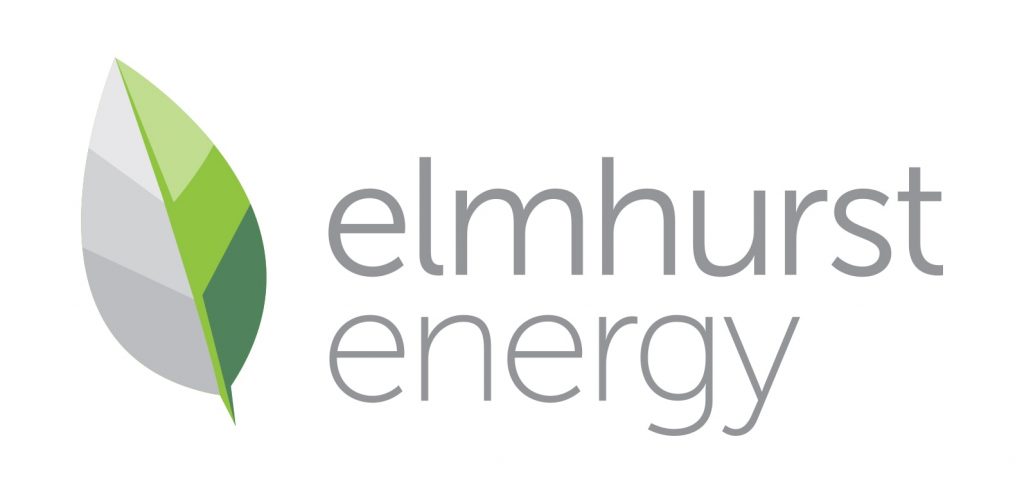Cavity or solid wall insulation?
What is cavity wall insulation?
Cavity wall insulation was developed in the early 20th century. It was developed with the main aims being alleviate damp and better thermal insulation. Cavity should be at least 5cm across and the exterior wall must be in good condition. There are two main ways of insulating cavity wall insulation, partial fill and full fill. Partial fill is the more cost-effective however, full fill creates a higher thermal barrier and maximizes the energy efficiency.

What is solid wall insulation?
Solid wall insulation about adding an additional layer to your wall so that it’s harder for heat to go through it. This traps warmth inside, meaning you don’t need to turn your heating up as high, or have it on for as long. Solid wall insulation can be done by either attaching an insulation board or creating a stud wall.
How to tell if your home is cavity or solid wall insulation?

Cavity walls will be thicker than solid walls. If your walls are more than 260mm thick (approx. 10 inches), almost certainly, they are cavity walls. As a last resort, you can involve the age of your home as a guide. If your property was built before the 1920s it is more than likely that it is solid wall. If your property was built after 1930s then it is more than likely to be cavity wall. Also When identifying whether a wall is of solid or cavity construction, something to be aware of is that the presence of headers in the brickwork (bricks laid with the smallest side facing out) is not always indicative of solid brickwork. Cavity walls have bricks laid lengthways with an even staggered pattern. Solid walls have a brick pattern where bricks are laid both lengthways and across the width of the wall.
Cavity wall insulation advantages and disadvantages
Advantages:
- Moisture prevention
- Heat insulation.
- Sound insulation.
- Material saving
Disadvantages
- expertise required to build
- sediment and dirt accumulation
- expensive repairs
Solid wall insulation advantages and disadvantages
Advantages
- It’s normally more affordable than outer protection.
- It’s simpler to introduce, and there’s no scaffolding needed.
- It won’t change the external appearance or character of your home, so it’s more appropriate for attractive buildings and period properties.
Disadvantages
- Before you start, you’ll need to sort out any damp problems, as rising or penetrating damp can ruin the effects of your insulation.
- It will reduce the size of the room, as it will bring the wall in by about 4 inches.
- It’s quite disruptive, as the installers will be working in your house.
As you can see there is a lot to take on bored when deciding what wall insulation is best for you. Hopefully this has pointed you into the right direction.


